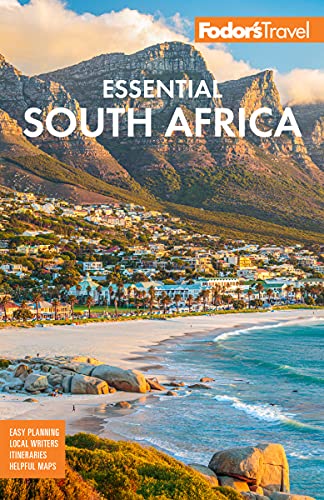Visiting Kruger is likely to be one of the greatest experiences of your life, truly providing ultimate "Wow!" moments. You'll be amazed at the diversity of life forms—the tallest (the giraffe), the biggest (the elephant), the funkiest (the dung beetle), the toothiest (the crocodile), and the glitziest (the lilac-breasted roller).
But it’s not all game and safari. If you’re into ancient human history, there are also major archaeological sites and fascinating San (Bushman) rock paintings. (There is ample evidence that prehistoric humans—Homo erectus—roamed the area between 500,000 and 100,000 years ago.) Founded in 1898 by Paul Kruger, president of what was then the Transvaal Republic, the park is a place to safari at your own pace, choosing between upscale private camps or simple campsites.
Kruger lies in the hot lowveld, a subtropical section of Mpumalanga and Limpopo provinces that abuts Mozambique. The park cuts a swath 80 km (50 miles) wide and 320 km (200 miles) long from Zimbabwe and the Limpopo River in the north to the Crocodile River in the south. It is divided into 16 macro eco-zones, each supporting a great variety of plants, birds, and animals, including 145 mammal species and almost 500 species of birds, some of which are not found elsewhere in South Africa. In 2002 a treaty was signed between South Africa, Zimbabwe, and Mozambique to form a giant conservation area, the Great Limpopo Transfrontier Park. It's a complex ongoing process, but once all the fences between Kruger, the Gonarezhou National Park in Mozambique, and the Limpopo National Park in Zimbabwe are finally removed, the Peace Park will be the largest conservation area in the world.




